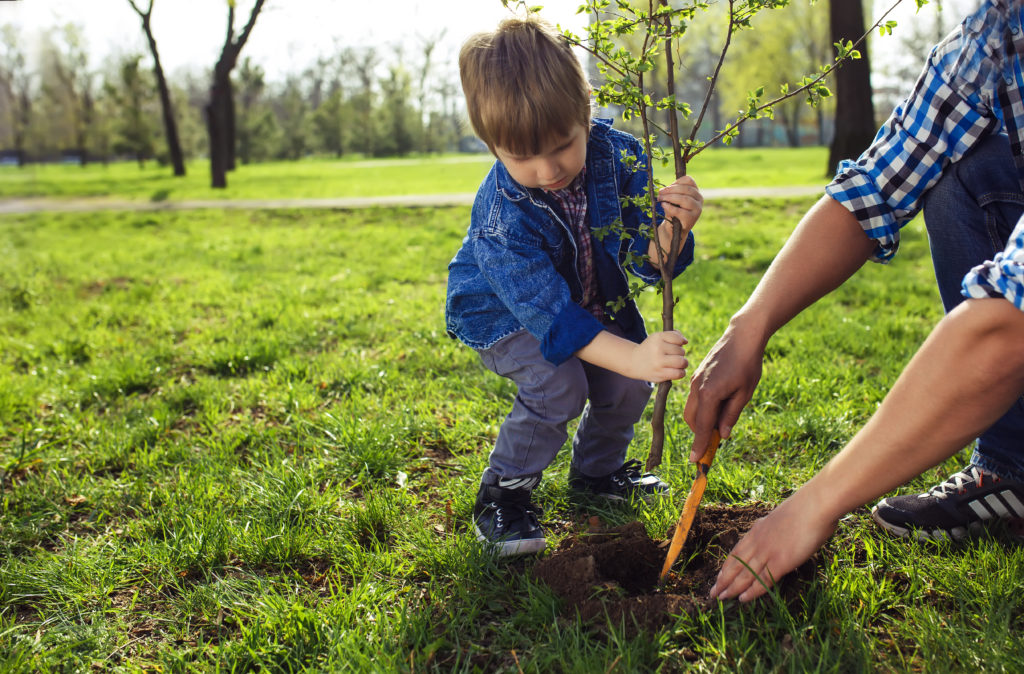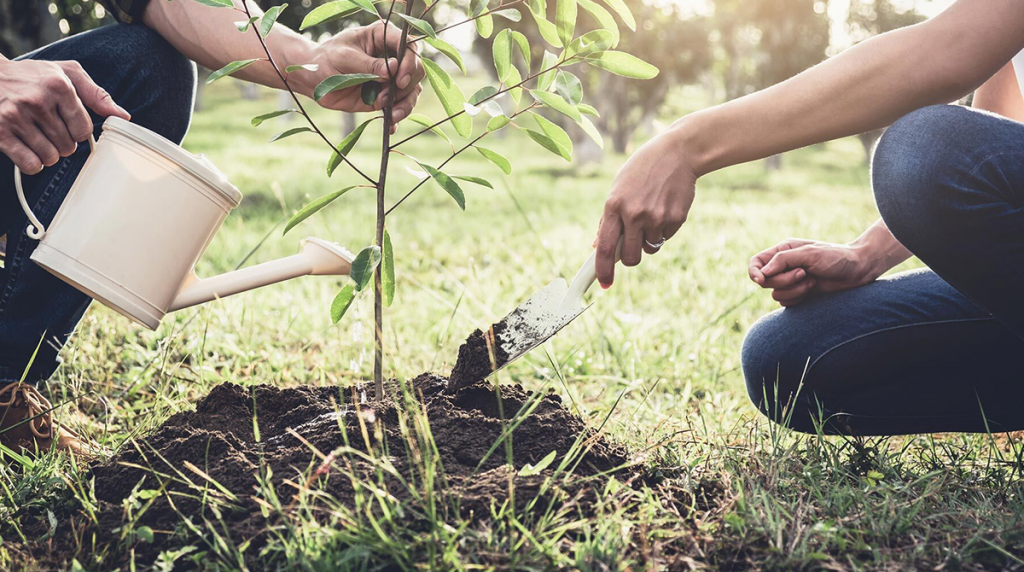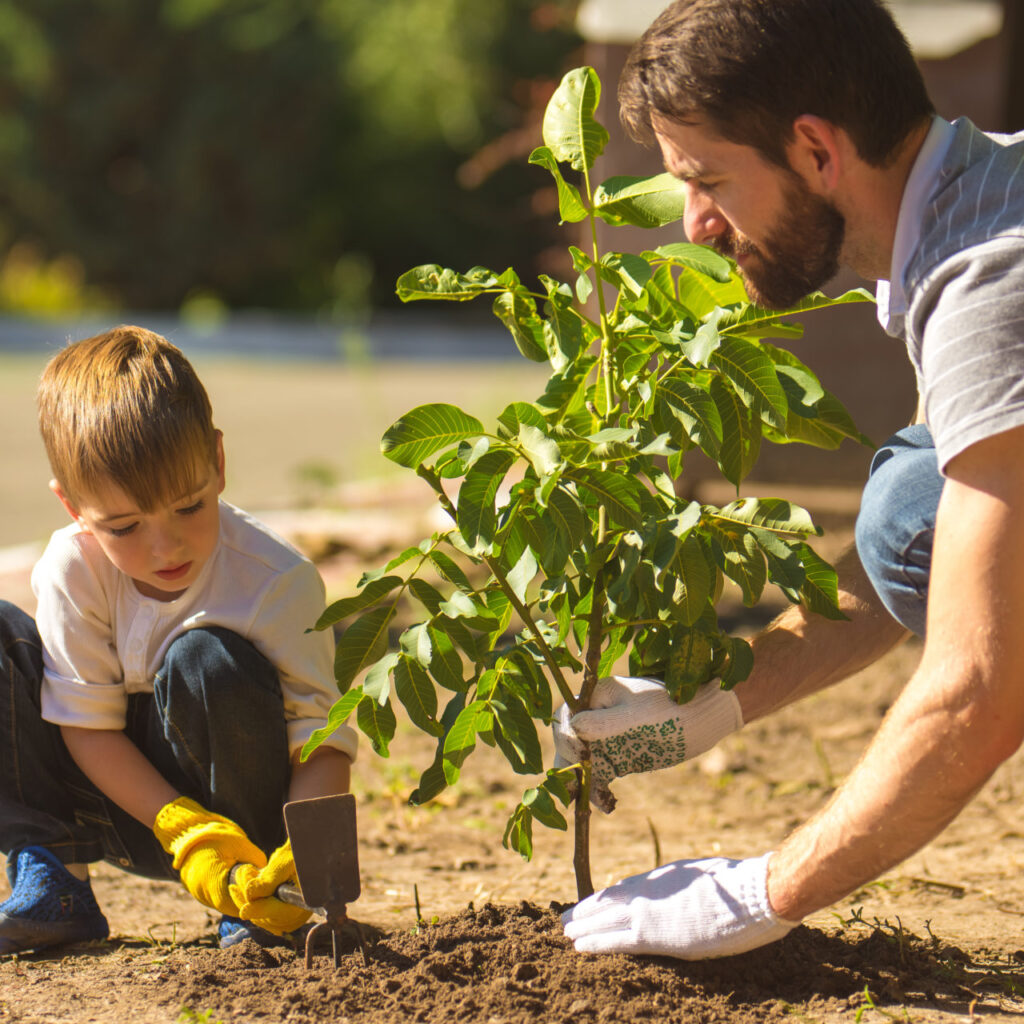Best Tree Planting Practices
Planting trees is one of the most impactful ways to improve the environment, increase property value, and promote biodiversity. However, it requires more than just planting a sapling randomly. Following the best practices ensures the tree’s survival and long-term growth. In this article, we’ll explore tree planting methods step-by-step to help you create thriving greenery.
Why Planting Trees Is Crucial
Environmental Benefits
Trees are nature’s powerhouses. They absorb carbon dioxide and release oxygen, effectively combating climate change. Trees also reduce air pollutants, improve soil health, and conserve water by slowing down evaporation rates.
Social and Economic Advantages
The shade provided by trees can reduce cooling costs during summer months. Studies show that trees can increase property values by up to 20%, and tree-lined streets encourage outdoor activities and social interactions.
Emotional and Aesthetic Value
A landscape filled with trees isn’t just beautiful—it’s calming. Trees reduce stress, encourage relaxation, and create serene environments for communities and homes alike.
Choosing the Right Tree
Native vs. Non-Native Trees
Native trees are well-suited to local climates, soil, and ecosystems. They support indigenous wildlife and are more resilient to pests and diseases. Non-native trees, while often visually appealing, may not thrive as well and can sometimes harm local biodiversity.
Considering Climate and Soil Type
Always assess your region’s climate and soil type before selecting a tree. For example, drought-tolerant species like oaks are excellent for arid climates, while willows prefer wetter conditions.
Purpose of the Tree
Are you planting for shade, fruits, flowers, or windbreaks? Decide on the tree’s primary purpose, as this will guide your choice. Shade trees like maples grow tall and wide, while fruit trees like apple or peach are perfect for a bountiful harvest.

Preparing for Tree Planting
Selecting the Ideal Location
Location is key. Choose a spot where the tree has enough room to grow to its full height and width. Avoid areas with underground pipes or cables and ensure the tree won’t interfere with nearby structures as it matures.
Preparing the Soil
Rich, balanced soil is key to a flourishing tree. Check its nutrient content and pH levels to ensure optimal growth. If necessary, enrich it with organic compost or well-rotted manure to provide essential nutrients.
Gathering the Necessary Tools
Before planting, gather tools like a sturdy shovel, garden gloves, a watering can or hose, mulch, and possibly a tree guard. Having everything ready saves time and effort during the planting process.
Steps for Planting a Tree
Digging the Right Hole
The hole should be twice as wide as the tree’s root ball but no deeper than the height of the root ball. This allows roots to spread easily and prevents the tree from being buried too deeply.
Placing the Tree Correctly
Gently remove the tree from its container or burlap wrap, taking care not to damage the roots. Position the tree in the hole with the root flare (where the trunk meets the roots) slightly above the ground level.
Filling the Hole with Soil
Refill the hole with the excavated soil, making sure to eliminate any air pockets. Lightly tamp the soil down and water it thoroughly to settle it.
Post-Planting Care
Watering Schedule
Consistent watering is vital for the first year. Water the tree 2 to 3 times a week, keeping the soil damp without making it overly wet. As the tree establishes itself, reduce the frequency but increase the water volume.
Mulching for Protection
Spread a 2-3 inch thick layer of organic mulch around the base of the tree. This helps maintain soil moisture, control temperature, and suppress weeds. Be sure to leave a 2-3 inch gap between the mulch and the trunk to avoid rotting.
Pruning and Maintenance
Prune only to remove dead or damaged branches during the tree’s early growth years. Over-pruning can stress the tree and hinder its development.
Avoiding Common Mistakes
Overwatering or Underwatering
Both extremes can harm your tree. Excessive watering stifles the roots, whereas insufficient watering denies the tree vital nutrients. Always check soil moisture levels.
Planting Too Deep or Too Shallow
Planting too deep can suffocate roots, while planting too shallow leaves roots exposed. Aim for the root flare to be just above the soil line.
Ignoring Tree Spacing
Trees need space to grow without competing for sunlight, nutrients, or water. Follow recommended spacing guidelines for the species you’re planting.
Best Time to Plant Trees
Seasonal Recommendations
Spring and fall are ideal seasons for planting trees. Cooler temperatures and regular rainfall help roots establish themselves before summer heat or winter frost.
Regional Considerations
In regions with mild winters, trees can be planted even during winter. In hotter climates, avoid planting during peak summer heat to reduce transplant shock.

Involving the Community
Benefits of Group Planting
Community tree-planting initiatives bring people together, fostering teamwork and a shared commitment to the environment.
Educational Opportunities
Tree planting offers a hands-on learning experience about ecosystems, climate change, and sustainability for children and adults alike.
Benefits of Tree Planting Programs
Carbon Sequestration
Trees absorb and store carbon dioxide, helping offset human-caused emissions and combat global warming.
Improving Urban Landscapes
In urban settings, trees reduce the heat island effect, provide shade, and enhance the aesthetic appeal of neighborhoods.
Tree Planting for Future Generations
Sustainability Goals
Every tree planted contributes to global reforestation efforts, ensuring a greener future for coming generations.
Teaching Kids the Value of Trees
Engaging children in planting teaches them the importance of conservation and instills a lifelong appreciation for nature.
Conclusion
Tree planting is a simple yet impactful way to improve the environment and beautify our surroundings. By choosing the right tree, planting it properly, and caring for it diligently, you ensure a healthy, thriving addition to the landscape. By working together, we can build a healthier, more sustainable world—planting one tree at a time.
